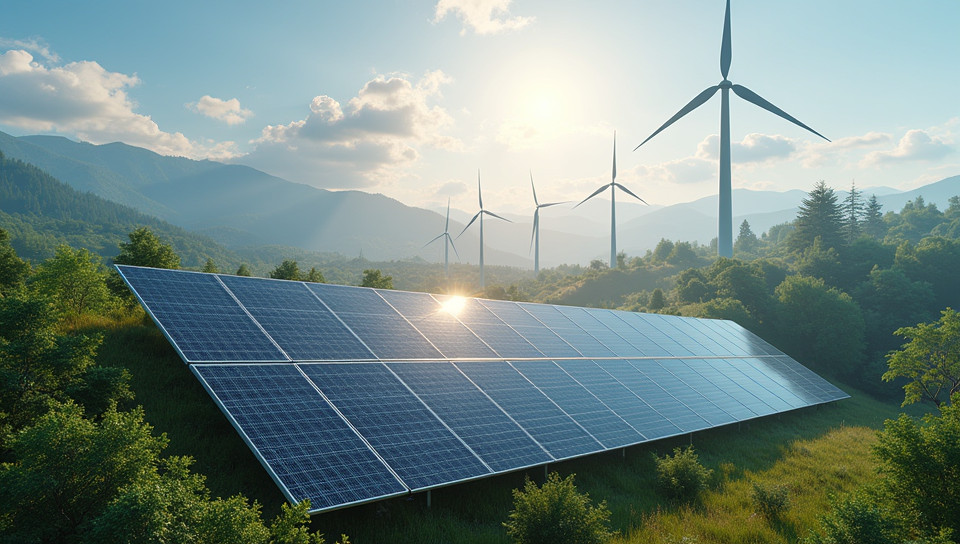Renewable energy sources reduce reliance on fossil fuels 87%

Renewable Energy: The Path to a Sustainable Future
As the world grapples with the challenges of climate change, energy security, and environmental degradation, it's becoming increasingly clear that our reliance on fossil fuels is no longer sustainable. The good news is that renewable energy sources offer a viable alternative, providing clean, reliable, and affordable power for generations to come.
What are Renewable Energy Sources?
Renewable energy sources are natural resources that can be replenished over time. They include solar, wind, hydro, geothermal, and biomass energy. These sources have the potential to meet our growing energy demands without harming the environment or depleting finite resources.
Benefits of Renewable Energy
- Reduced greenhouse gas emissions: Renewable energy sources produce little to no carbon dioxide or other pollutants that contribute to climate change.
- Improved air quality: By reducing reliance on fossil fuels, renewable energy can decrease air pollution and its associated health problems.
- Enhanced energy security: Diversifying our energy mix with renewable sources can reduce dependence on imported fuels and improve energy self-sufficiency.
- Job creation and economic growth: The renewable energy sector is creating new job opportunities and driving economic development in communities around the world.
Challenges to Widespread Adoption
While renewable energy has made significant strides, there are still challenges to widespread adoption. These include:
- Intermittency of some sources (e.g., solar and wind)
- High upfront costs for infrastructure and technology
- Grid integration and storage issues
- Policy and regulatory frameworks that often favor fossil fuels
Solutions to Overcome Challenges
To overcome these challenges, governments, businesses, and individuals must work together to create an enabling environment for renewable energy growth. This includes:
- Implementing supportive policies and regulations
- Investing in research and development
- Developing innovative storage solutions
- Encouraging public-private partnerships
Conclusion
The transition to renewable energy sources is not only necessary but also inevitable. As the world continues to grapple with the challenges of climate change, energy security, and environmental degradation, it's clear that our reliance on fossil fuels must be reduced. By harnessing the power of solar, wind, hydro, geothermal, and biomass energy, we can create a more sustainable future for ourselves and generations to come. The time to act is now – let us seize this opportunity to shape a better world for all.
- Created by: Adriana Gonçalves
- Created at: Aug. 18, 2024, 12:50 a.m.
- ID: 7698

